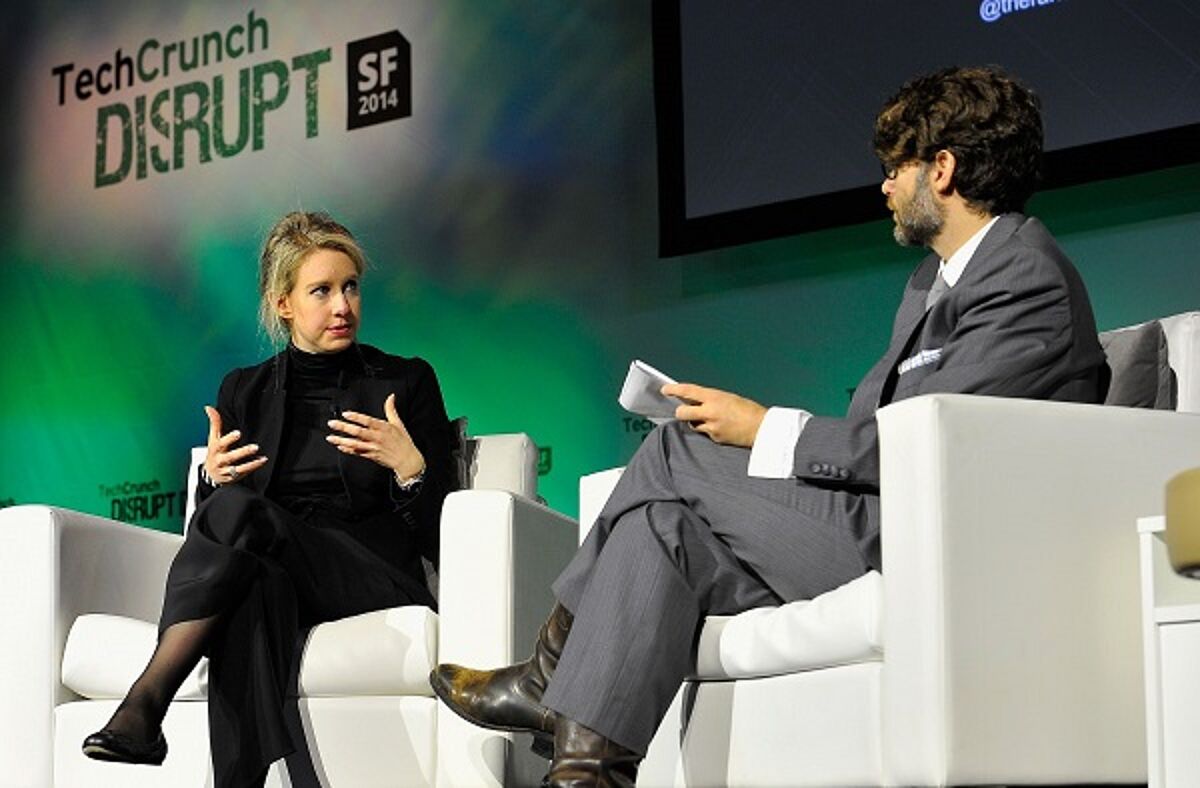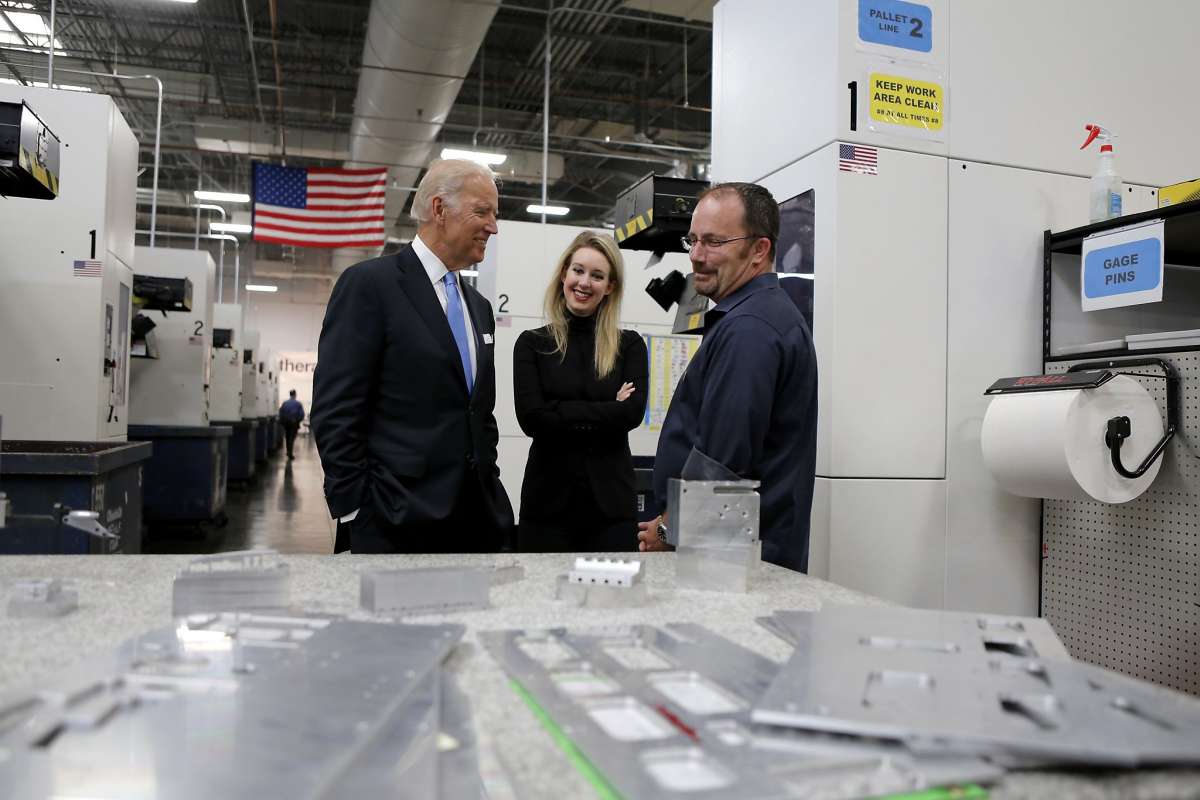Our blog series “The rise and fall of Theranos” follows an ambitious biotechnology founder, Elizabeth Holmes, on her mission to revolutionize medicine and healthcare. Over the course of a decade, Holmes built up the company, all the while promising a revolution in blood-based diagnostics. After an investigation by the Securities and Exchange Commission in 2018, the entire scheme collapsed and Holmes and one of the company’s executives, Ramesh “Sunny” Balwani, were charged with massive fraud.
In the second installment of our series, we’ll look at the first signs of trouble brewing within the company. What happens when you infuse a young ambitious startup with a toxic management culture and a cult of secrecy? The events that follow would contribute to Theranos’ downfall, culminating in the whistleblower’s accusations and the ongoing legal case.
Part II - Trouble brewing
By 2010, Theranos had raised almost $50 million in equity. Yet, the company was still in stealth mode and no investor had ever laid eyes on a working prototype. At that time, one of Holmes’ advisors, Channing Robertson, introduced her to Ian Gibbons. Gibbons was an accomplished biochemist who had ample experience developing diagnostic and therapeutic products. Holmes quickly realized the credibility Gibbons could bring to Theranos and installed him as Chief Scientist.
Starting his new job, Gibbons soon came to understand that the magic Theranos device wasn’t working as intended. He thus began gathering information from coworkers and immersed himself in blood diagnostics research in an attempt to make the entire concept work. Holmes in the meantime, desperately continued trying to sell her technology to investors.
A cornerstone of her approach was to spend massive amounts of money on the design of the device to make it look as good as possible. To this end, she hired former Apple product designer Ana Arriola as a chief design architect. Arriola in turn brought on other colleagues from Apple to join the company. One engineer she hired, Justin Maxwell, recalls that months after starting work he began to realize that the device he was hired to design didn’t even exist. Maxwell recalls having conversations with employees from other departments about the fact that the device was either fictional or at the very least did not work as intended at all.
Eventually, a mechanical engineer on Arriola’s team named Adam Vollmer confronted her with the fact that the device was light years away from being ready for diagnostics applications. Arriola in turn confronted Holmes, who went completely off the rocker. She raged that there was nothing wrong with either the device or its design and that Arriola’s concerns would have a negative impact on fundraising. Arriola – coming from a culture of sound design choices at Apple – saw no other way than to resign, followed by several of her colleagues.
Meanwhile, Gibbons became more and more worried about the potential harm that might be caused by Theranos’ non-working technology. He raised his concerns, but Holmes, wooing a lucrative defense contract, did not listen. Instead, she told the Department of Defense (DoD) that Theranos’ devices would be perfect for deployment on the battlefield. DoD specialists began scrutinizing the technology and soon realized that the device was inaccurate at best. When the DoD wanted to contact The Washington Post about the false claims made by Holmes, she was able to smooth things out by going through board member General Jim Mattis.

By 2010, the megastore Safeway had spent nearly $400 million preparing for their partnership with Theranos, setting up patient service centers within more than 900 of their store locations. Holmes personally demonstrated the technology to Safeway executives but failed to convince them, as some of the routine tests took three to five days to process, rather than the 20 to 30 minutes as advertised. Safeway CEO Steven Burd soon became discouraged, noting in a 2012 email: “I feel like a jogger running in place waiting for the stop light to turn green.”

Holmes, meanwhile, simply continued knocking on doors and finally got lucky. In 2013, Theranos announced a partnership with Walgreens, allowing customers to test their blood while shopping for groceries. The Walgreens agreement deeply worried Gibbons, fearing that in a nation-wide rollout consumers might get hurt or even killed.
Then disaster struck. Gibbons was issued a subpoena by lawyers involved in a case between Holmes’ family friend Richard Fuisz, who allegedly stole proprietary secrets, and Theranos. Gibbons was anxious about testifying and implicating the people he worked with. On May 16th, 2013, he received a phone call from an assistant requesting that he meet with Holmes the next day. His wife Rochelle recalls Gibbons was terrified he might get fired; the next day he attempted to take his life. He was admitted to hospital but passed away a week later.
Next up - the fall
Erika Cheung and Tyler Shultz, the grandson of Theranos board member George Shultz, both worked for the company between 2013 and 2014. Realizing the serious development problems and the impact of toxic management on Theranos’ employees, they decided to go public with their concerns. The next installment of our series will focus on these two whistleblowers and the regulatory aftermath of their revelations.
